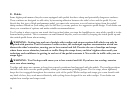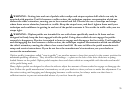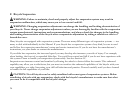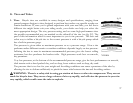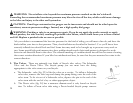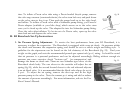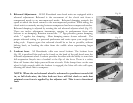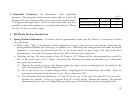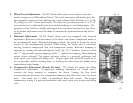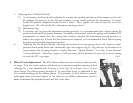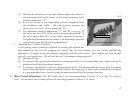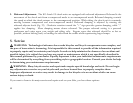
42
c. Adjusting the Coil Shock Preload.
(1) A coil-sprung shock’s preload is adjusted by rotating the knurled preload
nut that compresses the coil. By gripping the spring as in (fig. 30) and
rotating, you can usually perform the adjustment. To begin, loosen the
preload completely until the coil is loose. Then, tighten one turn or until
the coil is no longer loose. We will call this the “adjustment starting
position.”
(2) Measure the sag.
(3) To increase the sag from the adjustment starting position, it is
recommended that a lighter spring be purchased and fitted for proper
function. To increase the preload, rotate the spring/nut clockwise. K2
recommends no more than five spring/nut rotations beyond the
adjustment starting position to achieve the target sag. If more that five
rotations are required, it is recommended that a heavier spring be
purchased and fitted for proper function.
d. Adjusting the Air Shock Preload. Adjusting the preload for an air-sprung shock
unit requires a high-pressure shock pump fitted with a Schraeder-type valve
adaptor (fig 31). Sag will vary by the amount of air pressure in the air spring
chamber. Higher Pressure = Higher Preload = Less Sag. Lower Pressure =
Lower Preload = More Sag. Again, by trial and error, add or decrease the
pressure in the air spring to reach the 25% sag target.
Fig. 30
Fig. 31



